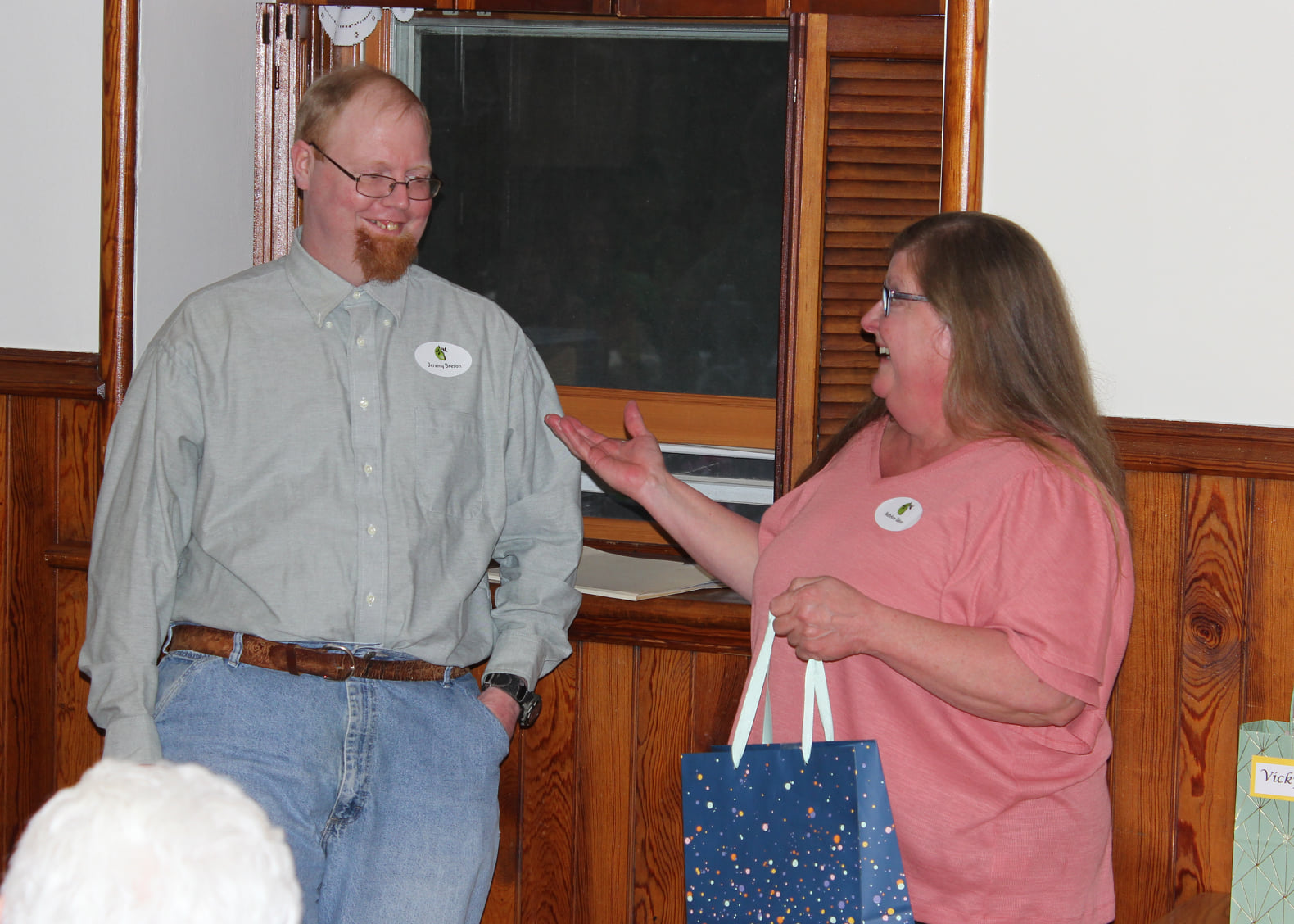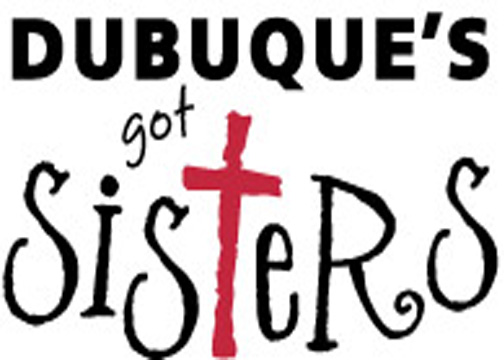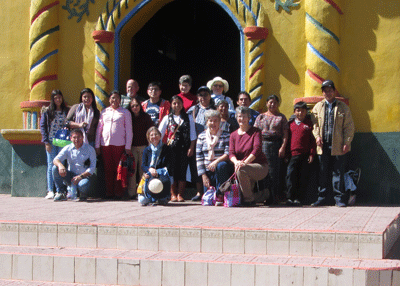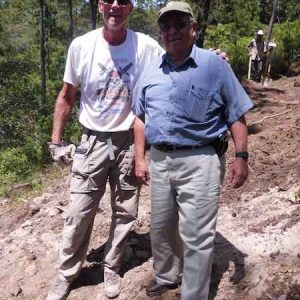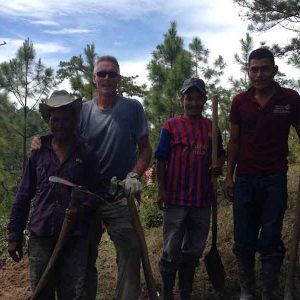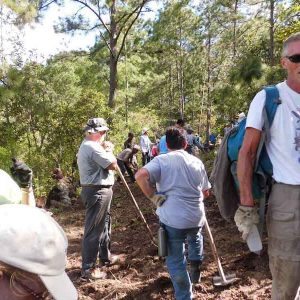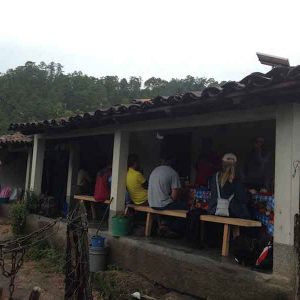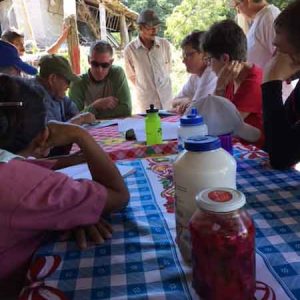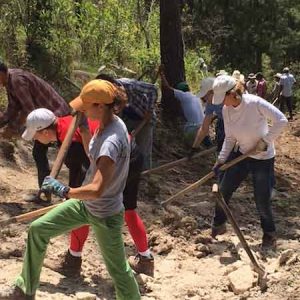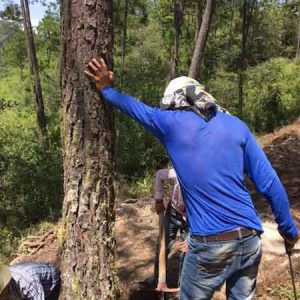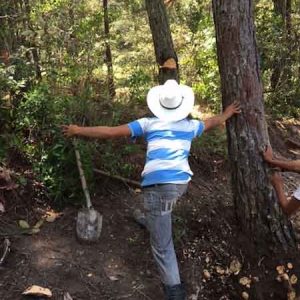Sisters Host Care of Creation Day
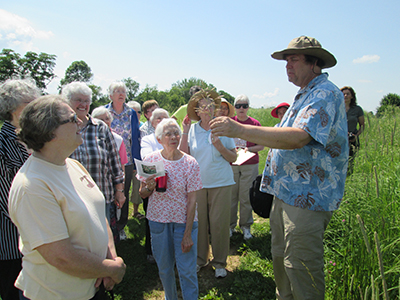
By Sister Shell Balek, OSF
“One hundred and fifty years ago, 85% of Iowa’s land was prairie,” explained Dr. Brian Hazlett, Director of the Center for Prairie Studies at Briar Cliff University, as he illustrated this fact with a map of Iowa almost covered with prairie. Then he showed a second map of Iowa with only a few tiny scattered dots announcing, “Today less than 1% of the tall grass prairie remains intact.” There was an audible collective gasp from the audience.
This Care of Creation Day, held on Saturday, June 27 and sponsored by Franciscan Common Venture and the Charism team, was one way to address our community’s commitment to deepen our relationship with Mother Earth. About 40 sisters, associates and friends gathered in Clare Conference Room eager to learn more about prairies, and specifically about “our prairie.”
While most prairie lands in Iowa are small and fragmented, the Loess Hills area in western Iowa has the largest. Dr. Hazlett shared his knowledge gained from studying prairies including the Sioux City Prairie, a Nature Conservancy Preserve that is adjacent to Briar Cliff University. He emphasized that caring for prairie lands helps define our sense of place, and that there is value in the prairie beyond the usual definition of being “productive” land. Prairies are crucial habitat for animals and insects and prevent soil erosion. He shared the experience of Dr. Bill Zales and his wife, Dotty, who are restoring the prairie on their land and who offer students experiential learning opportunities. As their prairie flourishes, they donate their seeds to others to help replicate prairie restoration efforts.
Dr. Hazlett further explained the three types of prairie work: reconstruction, which converts land used for other things into prairie; restoration, which revives prairie lands; and maintaining, which asks the question, “How can the prairie persist?” It requires various ongoing tasks to keep the prairie healthy, including prescribed burns and removing invasive trees and shrubs which create shaded areas that kill off native grasses.
The presentation was followed by a guided walk in the prairie. Dr. Hazlett pointed out native species along with several non-native ones and several woody invaders. When asked his opinion of our prairie he said it was good, and can be improved to be healthier, by introducing more native species. “It was good to go through the prairie with someone so knowledgeable,” remarked Sr. Eileen Hauswald. Many participants echoed these sentiments, having gained a deeper connection to this patch of Iowa prairie we call home. We are now left asking the question “How can our prairie persist?”

